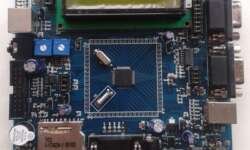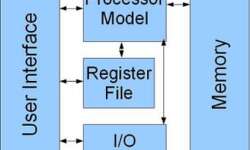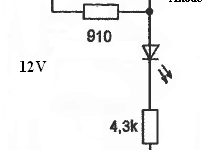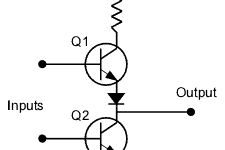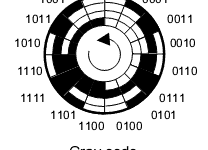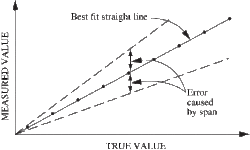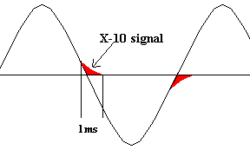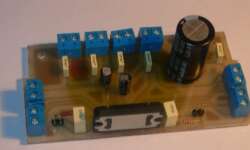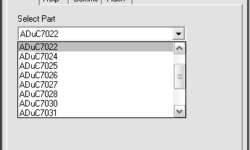Timer Counters in LPC2000 microcontrollers
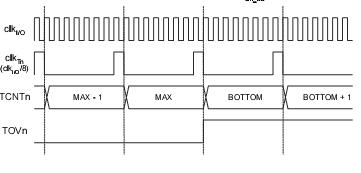
LPC2000 microcontrollers have at least two 32 bit timer counters. Let’s take the LPC2148 microcontroller, two general-purpose 32-bit timers that are identical except the peripheral base address. These timers are for general purposes that can perform timer and counter operations. Timers have many features: Programmable 32 bit pre-scaler; Up to four 32 bit capture channels that can take snapshots with interrupt generation ability; Four 32 bit match registers that allow generating interrupt on the match, generate interrupt and stop the timer, generate interrupt and reset the timer; Up to four output pins that can be set LOW/HIGH/TOGGLE on compare match;






